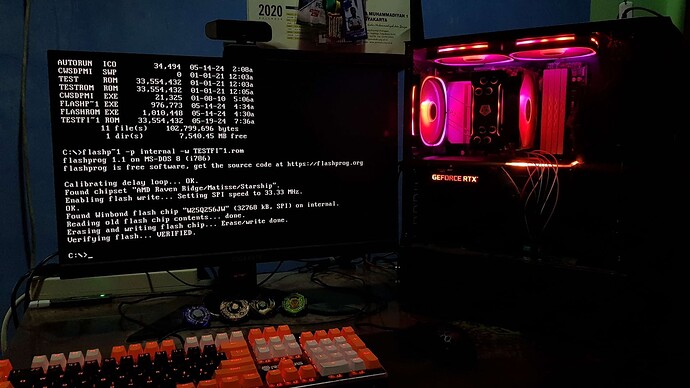If you could a DOS bootable drive, try to flash it using flashprog. You could use a clean stock old bios as per what you wish, make a DOS bootable, copy the contents of Flashprog.exe and CWSPDMI.exe, and the bios file to the dos drive directly, boot up to bios and enable csm, save and exit, boot to bios again, then on boot override select on your flashdrive name.
After you enter DOS, type flashp~1 -p internal -w yourbiosname.theformat (for example the bios name is Z97XSOC.F5, then type flashp~1 -p internal -w Z97XSOC.F5). Wait till it finishes, and after it finishes just press ctrl + alt + del and it will reboot automatically, spam DEL and see if it has changed. If you could, please provide the execution success if it a success like this:
Usually gigabyte copies the content of B_Bios to M_Bios if the M_Bios is corrupted, or if you manually do it by shutting down your pc, press and hold power + reset/restart button (make sure the reset header is connected to the board) for about 11 seconds, release and power up normally.
And to update the B_Bios if it isnt updated through qflash, simply just spam Alt + F10 and it will bring you to Update Backup Bios page/Copy Backup Bios from Main Bios page.
If you want to flash both bios chip using flashprog (let’s say Flashprog method succeed), probably you could use flashp~1 -p internal:dualbiosindex instead of normal -p internal arguments, tho i never tested it yet.
